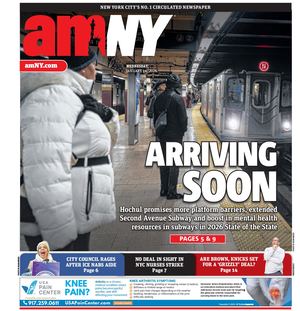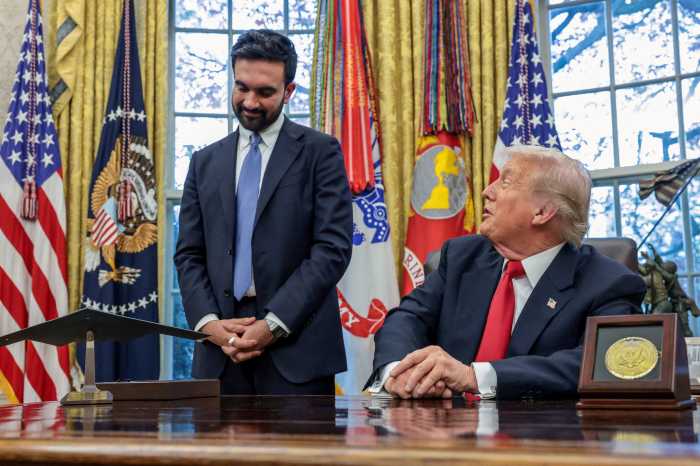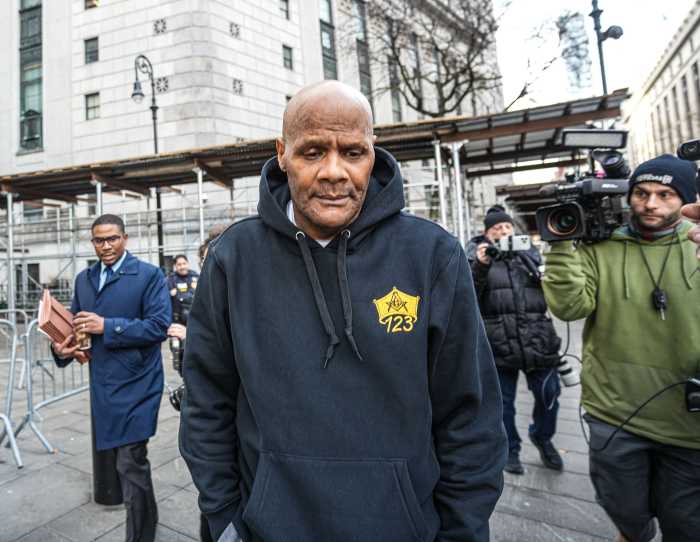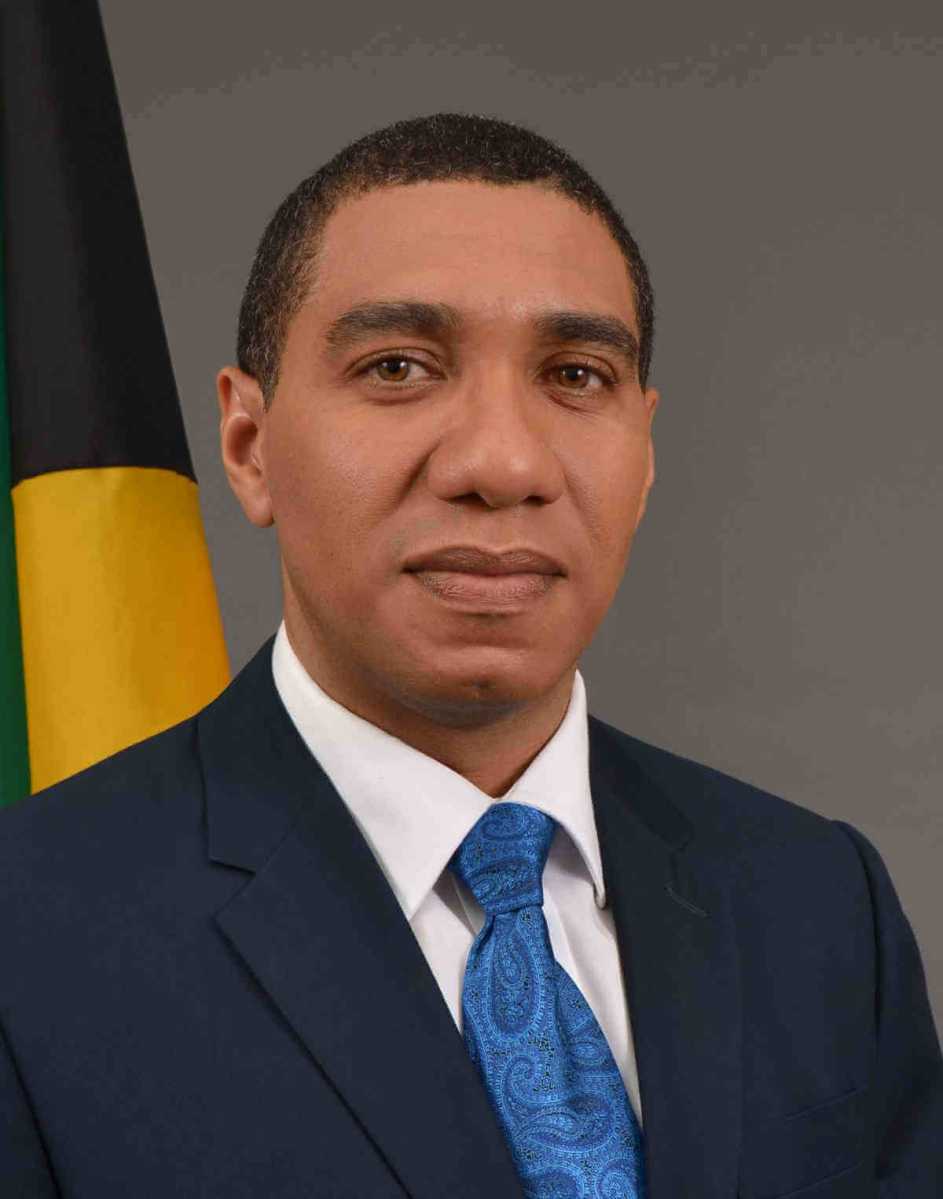Tourists swarming Times Square, Central Park and Rockefeller Center might frequently annoy everyday New Yorkers, but those tens of millions of visitors are playing an increasingly critical role in the city economy.
A report released Monday by the think tank Center for an Urban Future found that the city’s tourism industry has grown to one of the four primary drivers of the New York economy, employing 291,084 people citywide.
Last year, the city saw a record 62.8 million tourists, a 90 percent jump in visitors over the 33.1 million in 1998. This meteoric growth has led to an increase of 224,200 jobs indirectly related to tourism, in areas such as restaurants, shops and entertainment.
Jonathan Bowles, the executive director of the Center for an Urban Future, observed that jobs in the accommodations sector (hotel jobs etc.) pay an average of about $62,000 a year, making them important for many New Yorkers, including immigrants and those without college degrees.
“It’s been supporting a number of middle class jobs,” he said of the tourism industry.
The report notes obstacles facing this continued growth, including subway woes, the competition posed by other cities making a strong push for tourists, and the shadow cast by President Donald Trump’s immigration policies.
“It’s only a matter of time before we start to see a drop in tourists, because perceptions of the U.S. has dropped so low,” Bowles said.
Other factors range from the general decline of the mom-and-pop stores that make the city unique to the troubled airports.
Careful planning is needed, experts say, to counteract these challenges.
The report calls on the city to create a five-year plan for tourism that benefits both visitors and New Yorkers alike. It also advocates for an increase in funding to NYC & Company, the city’s tourism wing.
The NYC & Company annual budget of $38.6 million is lower than what many other global cities spend on tourism, the report said. Los Angeles spends $49.7 million on the sector, while Barcelona spends $78 million and Shanghai’s expenditures have reached $210.8 million annually.
The city’s Economic Development Corporation “looks forward to reviewing the report’s recommendations as we continue to create good-paying jobs and new career paths for New Yorkers,” a spokesman said in a statement.
Repeat visitors have driven a lot of New York’s growth, according to Bowles, who noted that they are increasingly straying away from traditional Manhattan haunts.
“When they come the first time they want to do things that they check off their list like the Statue of Liberty and a Broadway show, but for the second time they are looking for something of a more unique experience and that’s in the outer boroughs,” Bowles said.
With those extra trips come the dollars, according to the report funded by the nonprofit Association for a Better New York and the Times Square Alliance.
There are 112,700 hotel rooms in the city, a jump from 62,200 in 1988. Of the 80 new hotels built since 2015, two-thirds are outside Manhattan. The hotel industry provided $1.8 billion in taxes to the city in 2015, double the amount in 2006.
And once the tourists arrive, they’re providing a significant boost to brick-and-mortars.
Tourists account for nearly 25 percent of all Visa credit card purchases at New York’s retail stores, especially at jewelry shops, camera stores and other electronics purveyors.
The report also found that 24 percent of all credit card purchases in restaurants and bars in the city in 2016 were made by tourists.
Andrew Rigie, the executive director of the NYC Hospitality Alliance, said restaurant owners have incorporated a variety of strategies to attract tourists.
“Some have built relationships with tour group companies and hotel concierges, while others have focused more attention on drawing customers via social media and getting reviewed by the countless online sites,” he said in a statement.
Chris Heywood, a spokesman for NYC & Company, welcomed the report’s findings and said the tourism wing is always working to develop new strategies that will attract more growth.
“More funding for tourism promotion would always be welcomed, however we appreciate the incredible support of the Mayor de Blasio administration in recently expanding the city’s tourism marketing funding,” he said in a statement.





































